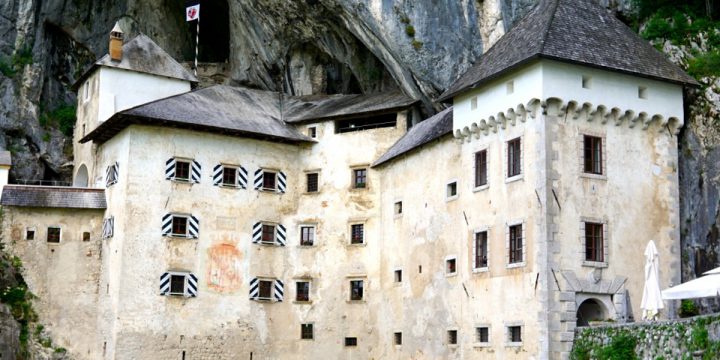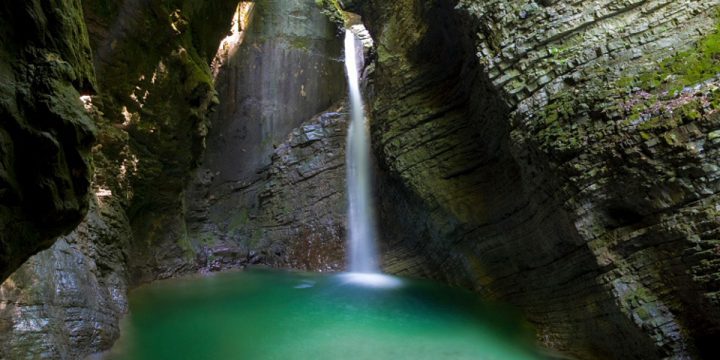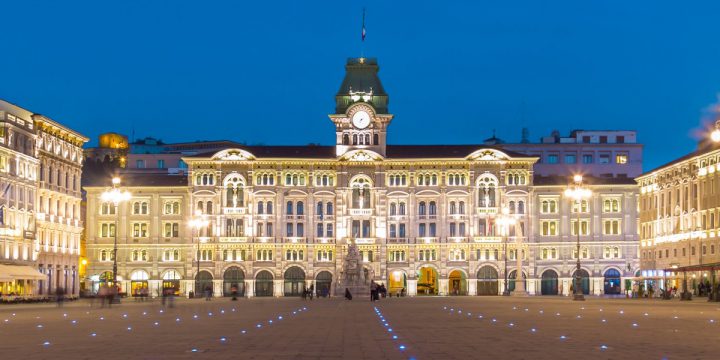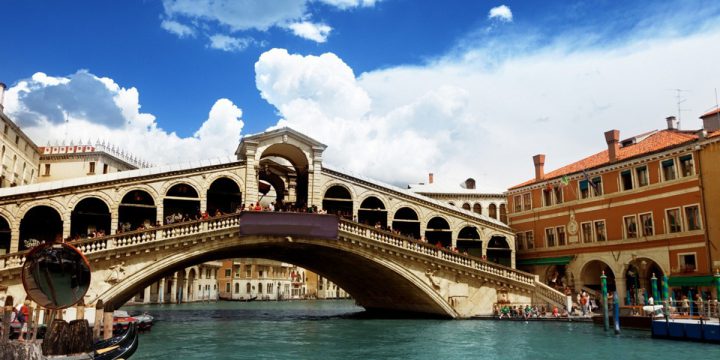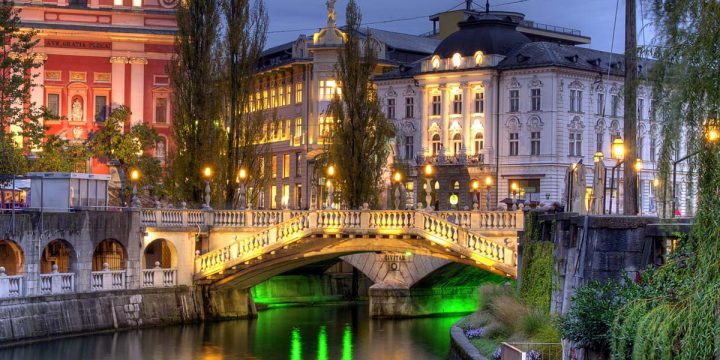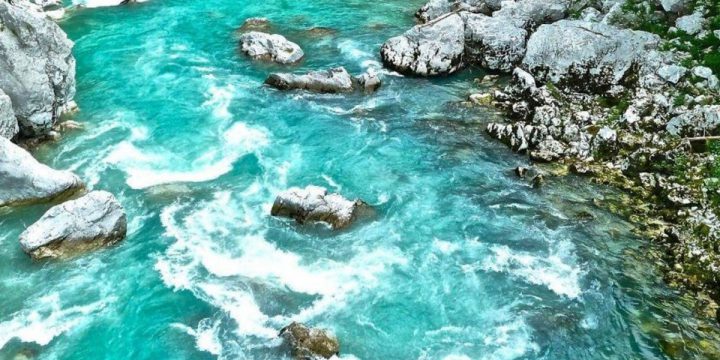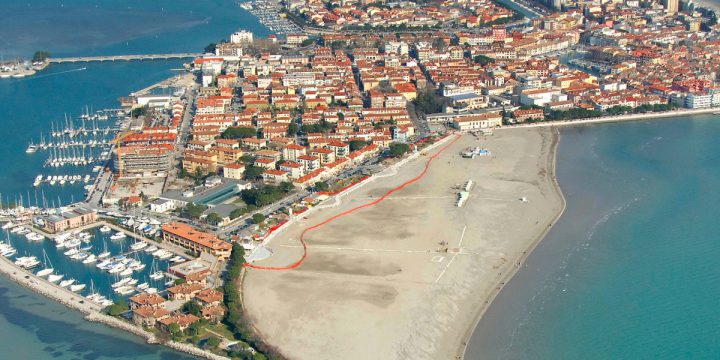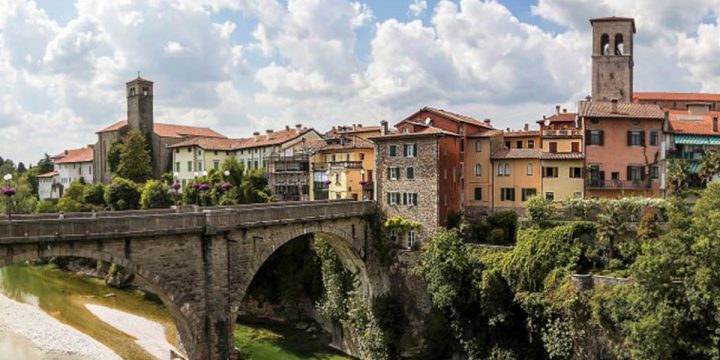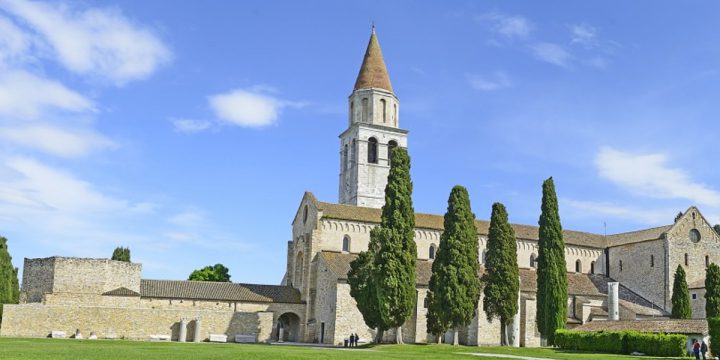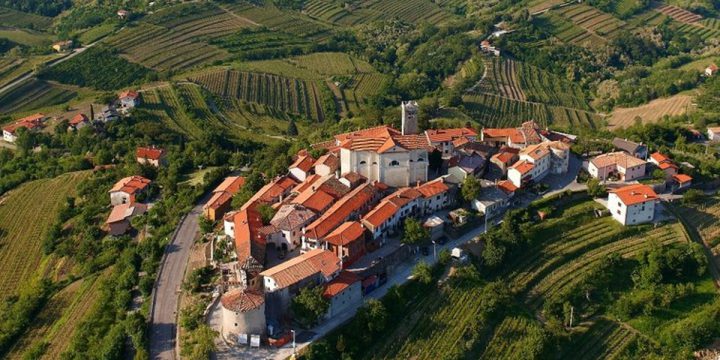
Brda (Goriška)
Brda (Goriška) The Municipality of Brda (pronounced [ˈbəɾda]; Slovene: Občina Brda, Italian: Comune di Collio) is a municipality in western Slovenia. It is located in the Slovenian Littoral region, extending from the Italian border to the Soča River. It is bounded by Sabotin Hill (609 meters or 1,998 feet) to the east and Korada Hill (812 meters or 2,664 feet) to the north.[2] The municipality comprises the Slovenian part of the Gorizia Hills (Slovene: Goriška brda, Italian: Collio Goriziano), which are one of the most important wine-producing microregions in Slovenia. It enjoys a mild Mediterranean climate and it is protected from the strong Bora wind, which frequently blows in other parts of the Slovenian Littoral. Agriculture is an important part of the local economy: besides grapes, cherries are the…

